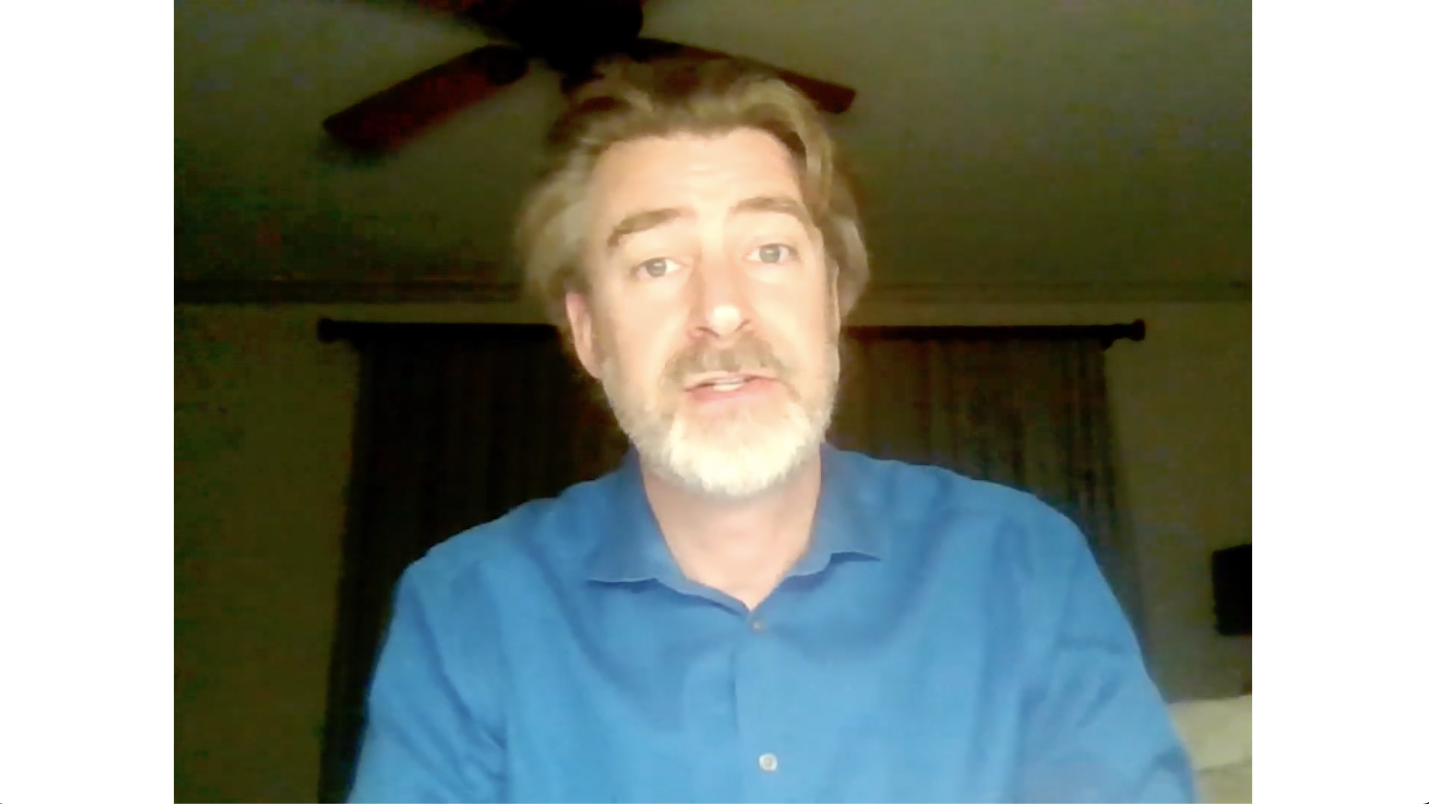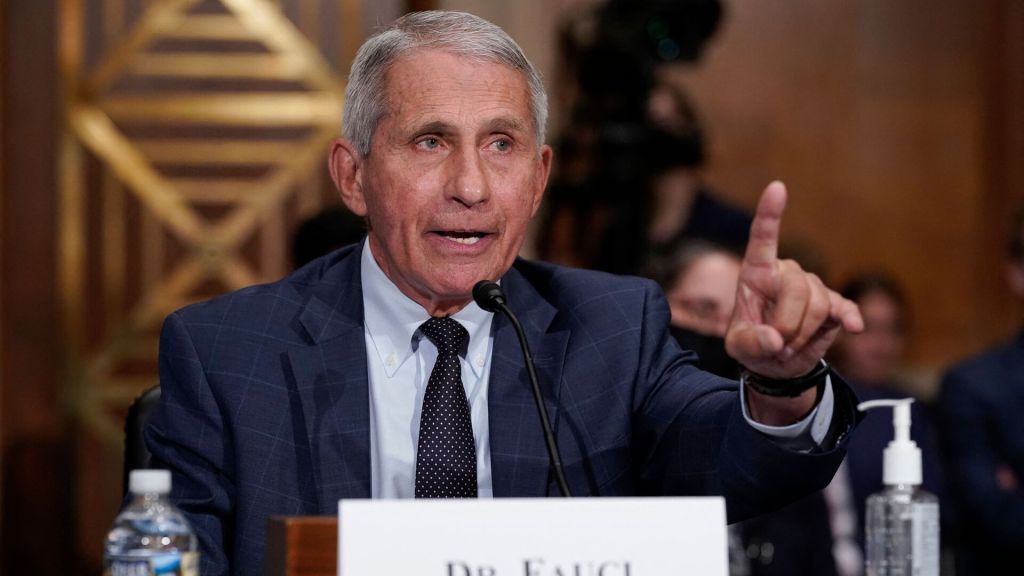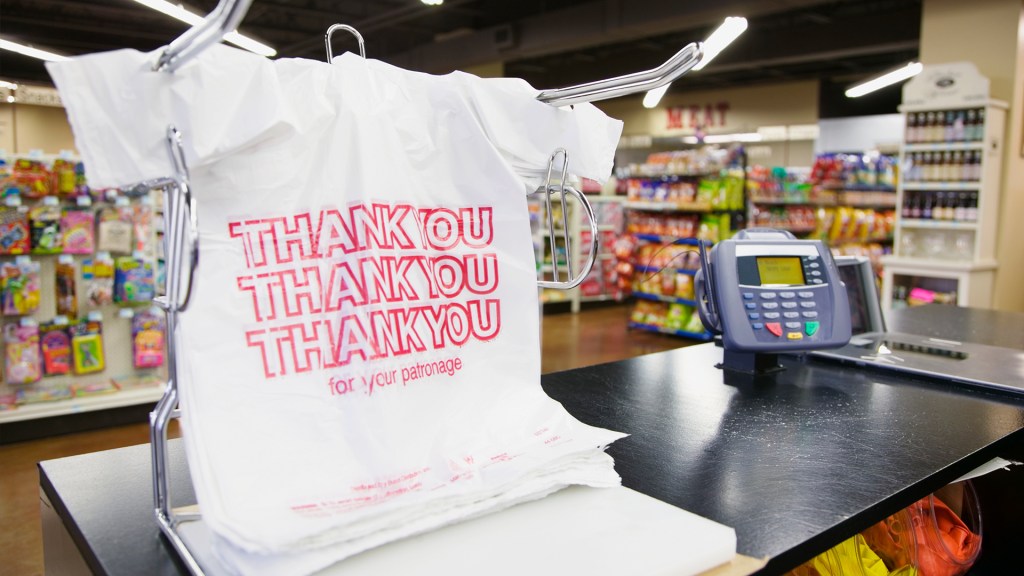
Commentary
-
Our commentary partners will help you reach your own conclusions on complex topics.
Hello, everyone. Peter Zeihan here. It is February 23rd. It’s the first day of the Russian invasion of Ukraine. And I thought it would be useful to talk about the role that Ukraine and Russia play in the global economy so you have an idea of what’s coming.
We’re likely to see large portions of their contributions, melon scooped, in the days and weeks ahead, just taken out completely. So whether it is countries putting sanctions on the Russians themselves, folks putting sanctions on Russian occupied Ukrainian products, or as a part of the war, these productions being disrupted and no longer contributing to the global whole. One way or another, a lot of this stuff is simply going to fall out of the system and is not going to come back in any sort of rapid speed, if ever. We are entering a de-globalized world.
So it’s likely that anything goes offline is not gonna be coming back at all.
So first and obviously most important is natural gas. Russia is the world’s largest exporter of natural gas and the vast majority, well over 80% of what it produces is sent west to the European Union.
The Europeans are debating among themselves how they can deal with this in this situation because they can’t just cut cold turkey. There’s no replacement anywhere in the world.
One odd bright spot is that Ukraine imports all of its natural gas from Russia. So the Russians, while they’re invading Ukraine are unlikely to continue supplying the country that you know, they’re invading. That means that the only way that the Russians can get their natural gas to Europe is through circuitous routes. One going north through the Baltic’s pipeline, the Nord Stream pipeline, as it’s known, and another one going south into Turkey which then has a spur that goes up to Europe.
So one way or another, the Europeans are in a bit of a trouble here.
Now, things that are made from natural gas, the Russians are also a major exporter of, specifically products like ammonia, which are used to make nitrogen-based fertilizer. The Russians are also the world’s largest exporter of nitrogen-based fertilizer. They’re also the largest exporter of potash-based fertilizer. So we are seeing two of the three streams of fertilizer production in the world, possibly going offline in the not too distant future. We already have fertilizer prices that were six and seven times what they were just a year ago globally. We were already looking down the mouth of a potential global famine. Now it’s pretty much guaranteed.
Third. The Russians are major producers and exporters of iron ore which also means that they’re the world’s largest exporter of semi-finished iron and low quality steel. Hard to have a modern world without that.
Fourth, they’re also the world’s largest exporter of iron, nickel ore, and finished nickel, which is the primary component in addition to iron ore in order to make stainless steel, which is what we use in almost everything.
And at the bottom of the top list is wheat. The Russian space is a less than fully reliable wheat producer because the climate is very cold. The rain comes or it doesn’t, it’s in the step. It’s very erratic. But as a rule, Russia has been one of the world’s top three grain exporters going back a century. And if they were suddenly removed from the system that could have massive outcomes. Most of the wheat that the Russians export goes to the Middle East, and the last time there were major disruptions coming out of the Russian space, we had the Arab Spring because we had a sudden tripling of wheat prices, what we’re looking at now would be far more holistic because we’re including Ukraine in this now, which is also one of the world’s top 10 producers. And to lose them both at the same time would suggest that wheat prices on a global basis are going to at least triple. Wheat has gone from being decided to perhaps be in the most exciting commodity out there.
Next, where Russia is only second most important: crude oil. Now the Europeans obviously take the most, but, there are a number of maritime options that the Russians have for exporting crude, meaning that it goes a little bit further into more customers.
Obviously the East Asians play a major role. There is a pipeline that terminates near Vladivostok on the Pacific, but the United States plays here too. We import about a half a million barrels a day of Russia’s euros, crude blend to replace the crude we used to get from Venezuela. American refiners through the eighties, nineties, and two thousands steadily improved the quality of the refineries so that they could tap cheap sources of low quality crude. Venezuela, primarily.
When Venezuela vanished from the mix, they didn’t want to dumb down the refineries to use local produced shale crude, which sells on the international market at a premium. They wanted to find another source of cheap crude. So they went with the Russians.
So if the Biden administration is looking for a quick and easy way to hit the Russians in the pocketbook, banning the import of Russian crude is a good way to do it. The refiners won’t be thrilled, but there is a war on.
All that crude means the Russians are also the world’s largest exporter of refined product – gasoline, especially diesel, naphtha. A lot of the things that the modern world used to make it go with, again, the Europeans being the single largest consumers and the East Asians in second place.
Next up platinum group metals, whether it’s serum or odium or platinum itself. Platinum group metals are used in a lot of high end electronics, which you are probably using a device that uses them right now. They’re also used in catalytic converters. There are other sources, South Africa, for example, but based on the specific material, the Russians were either the single largest supplier, the second largest supplier. or the third largest supplier. So removing them from the market period is going to have a lot of pain.
They’re also the world’s second largest exporter of sawn wood, or if you’re British timber. Now, most of that goes to east Asia with the Japanese being particularly ravenous buyers, because the Japanese like wooden sidewalks:
Refined copper is next up. Again, if you use an electronic device it’s going to affect you.
And then finally seed oils. And, you know, we think of that as like, oh, come on olive oil, how exciting can it be? Well, sunflower and safflower oil for the former Soviet space, trying to fill the role of canola oil and olive oil in much of the rest of the world. So you’re talking about a primary food input that is necessary to make things like bread.
The list where Russia is the third largest exporter is pretty short. It’s just one thing, coal. It goes everywhere. And if we’re moving into a world where Russian oil and Russian natural gas is constrained, you know, coal is one of the few backup power systems that’s possible.
Now I’m sure that some people are gonna say, well, you know, this is a wonderful opportunity for all of us and for the Europeans in particular to double, triple and quadruple down on green energy tech. The problem is, is that green energy tech can’t solve the problems where it’s going to be, whether it’s Northern Europe, Japan, or China, these are countries with some of the lowest solar radiation and the lowest wind quotients in the world. So you would have to build, you know, 10 and 15 times as much capacity of solar and wind capacity to replace the natural gas that’s going offline. Nuclear might work. And in the case of the Germans, they have a bunch of nuclear power plants that they recently took offline. They could now turn them back on. They, they probably will have to, but coal is how you square that circle. And now one of the world largest suppliers of coal is gone as well.
Now in terms of where all this stuff is going – for the energy equation, you’re primarily talking Europe, not exclusively, but primary, and for everything else, it really is the East Asians. China’s obviously the biggest, but the Japanese and the Taiwanese and the Koreans are all heavily dependent on all of the material products that are coming out of Russia.
Now it may occur to you, you know, why does Russia have all this stuff? Well, it’s a big chunk of land. And during the Soviet period, it was all industrialized and building things. But when the Soviet Union collapsed, their industry collapsed with it. It’s a lot easier to turn a coal line back on than it is to turn a tractor factory back on. So since 1992, the Russians have been sending out all of the raw materials that make modern life possible and consuming very few of them themselves in relative terms to what they were doing before 1992. And we got used to it. Big part of why inflation has been so low from 1992 until this year is that the Russians have been pouring oil on troubled waters, literally, and natural gas and wheat and coal and platinum and steel and nickel. We now have to look forward to a world where that’s no longer the case.
At a minimum, that means there are a few dozen countries out there that need to change their economic models.
Okay. That’s it for me to now. Everyone stay safe, take care, and I will see you soon.
-
Can other nations replicate success of US shale revolution?
The “shale revolution” has provided the United States with a bountiful domestic supply of oil. But extracting oil from shale is a highly technical process, and it is also dependent on specific geological formations. Straight Arrow News contributor Peter Zeihan tackles the question of whether or not other nations might be able to replicate the…
-
Peace between Israel and Iran, at least for now
A series of recent airstrikes between Israel and Iran inflamed fears of a wider regional war erupting in the Middle East. That concern now seems to have paid off, after third-party countries around the world successfully intervened and talked down military hardliners in both Israel and Iran in order to avoid such an outcome. Israel’s…
-
Global internet in a precarious state, but that could be a positive
Over 500 underwater cables span over 870,000 miles worldwide, serving as the foundation of the modern global internet. Despite their critical role in facilitating communication, these cables often go unnoticed, even as the amount of data transmitted through them has surged. So what happens if the cables fail? Straight Arrow News contributor Peter Zeihan contends…
-
Water wars are an unlikely future
Foreign policy writers have long warned of the possibility that clean drinking water might become “the next oil” — that is, that major wars might be fought around the globe over access to potable water. With expanding populations and finite water supplies, these critics argue that humans will inevitably fight each other to secure drinking…
-
Are Russia’s hypersonic missiles too good to be true?
Russia has reportedly used five of its new hypersonic Zircon missiles to target Kyiv since the beginning of 2024. Russia claims that these sea-based missiles, boasting a range of 625 miles and capable of traveling at nine times the speed of sound, are part of its family of “superweapons” aimed at penetrating the U.S. missile…
Latest Stories
-
 Getty Images
Getty Images
Arizona grand jury indicts 18 in alleged 2020 fake elector scheme tied to Trump
-
 Getty Images
Getty Images
Trump to attend NY trial as US Supreme Court hears immunity case
-

Supreme Court justices split over Idaho’s abortion law
-
 Getty Images
Getty Images
Businesses sue over FTC ban on noncompetes
-
 Getty Images
Getty Images
National Enquirer ex-publisher: Tabloid made up stories to help Trump
Popular Opinions
-
In addition to the facts, we believe it’s vital to hear perspectives from all sides of the political spectrum.
Latest Opinions
In addition to the facts, we believe it’s vital to hear perspectives from all sides of the political spectrum. We hope these different voices will help you reach your own conclusions.
The opinions published in this section are solely those of the contributors and do not reflect the views of Straight Arrow News.

















Latest Commentary
We know it is important to hear from a diverse range of observers on the complex topics we face and believe our commentary partners will help you reach your own conclusions.
The commentaries published in this section are solely those of the contributors and do not reflect the views of Straight Arrow News.
Peter Zeihan
Geopolitical StrategistPeace between Israel and Iran, at least for now
Global internet in a precarious state, but that could be a positive
Water wars are an unlikely future
Dr. Frank Luntz
Pollster and Political Analyst‘Take the job seriously’: Why Americans are fed up with Congress
‘If we can shrink it, it will stop growing’: Americans talk debt, deficit
‘I don’t think they care’: Undecided voters explain their reasons
Pete Ricketts
U.S. Senator for Nebraska